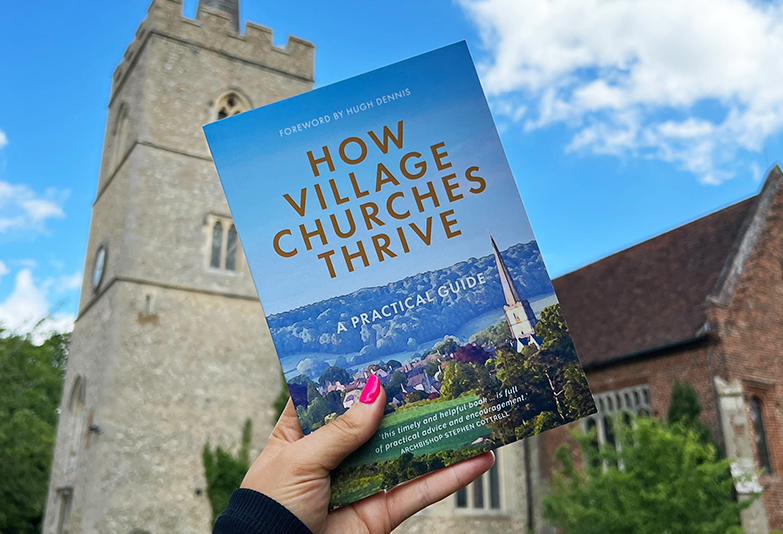06/07/2022
Before you sit down to plan and produce your communications content, lay the ground work and think about the message, audience and medium. Doing this will help keep your communications focussed, effective and streamlined.
What is your message?
Use your parish vision, strategy and objectives as a blueprint for your communications. Even if you don’t have this yet you could make a list of mission aims and objectives which could be common to many parishes. Here are some examples:
- To be good news to our community, and to share the good news of Jesus Christ.
- Help people of all ages to grow in faith and discipleship.
- Prioritise engagement with youth, working with local schools.
- Support the vulnerable and needy in the community and beyond
- Pray for our community at local, national and international level
- Support community events and foster links with organisations, clubs and businesses.
Once you have your own list you need to ask….
Who are you trying to reach?
Too often conversations dive straight into creative assertions such as: ‘we need a video’ or ‘we need to be on Twitter’, before first asking who these initiatives are trying to reach, and what are the hoped-for-outcomes.
Start by listing as many distinct audiences as possible, thinking about how these relate to your aims. Include everyone who might have either regular or one-off contact with your building, or any church activity. Once you have a good list, write down some of the typical points of engagement for that group. If you haven’t got one yet, imagine how you might engage.
For example:
- Regular service attendees
- Local people who don’t attend services but are open to church and support events
- Users of the church or hall for local clubs and societies
- Parents of pre-school and primary school children
- Local retired people
- People who live alone
- Visiting worshippers (including for weddings, baptisms and funerals)
- Wedding couples
- Tourists visiting the local area
What is your best medium?
Now you can choose the right means of connecting a message to an audience. This is by combining content (e.g. articles, text, images, graphics, videos) with channels (e.g. social media posts, website articles and posters).
You could try using the acronym AME, which stands for Audience, Message, and Experience. If your aim is to grow the number of planned givers, then an ‘AME’ interaction could be:
- regular attendees (Audience)
- watch a video reflection on Christian Stewardship by the vicar (Message) and
- complete a personal giving review (Experience)
Not every piece of communication will have such a measurable outcome, but by thinking in this way, you will reduce the risk of too much unfocused content which isn’t linked to your priorities.
______________________________
By Nick Edmonds
Nick Edmonds is Deputy Head of News in the national Church of England office. He was formerly in the Diocese of Guildford for six years where he was Deputy Diocesan Secretary and Director of Communications. He is also a PCC member in a rural Hampshire parish.
The content in this blog is taken from the chapter, 'Communicating effectively' in a new book produced by Church House Publishing called 'How Village Churches Thrive: A Practical Guide'. Find out more about the book and purchase a copy.



